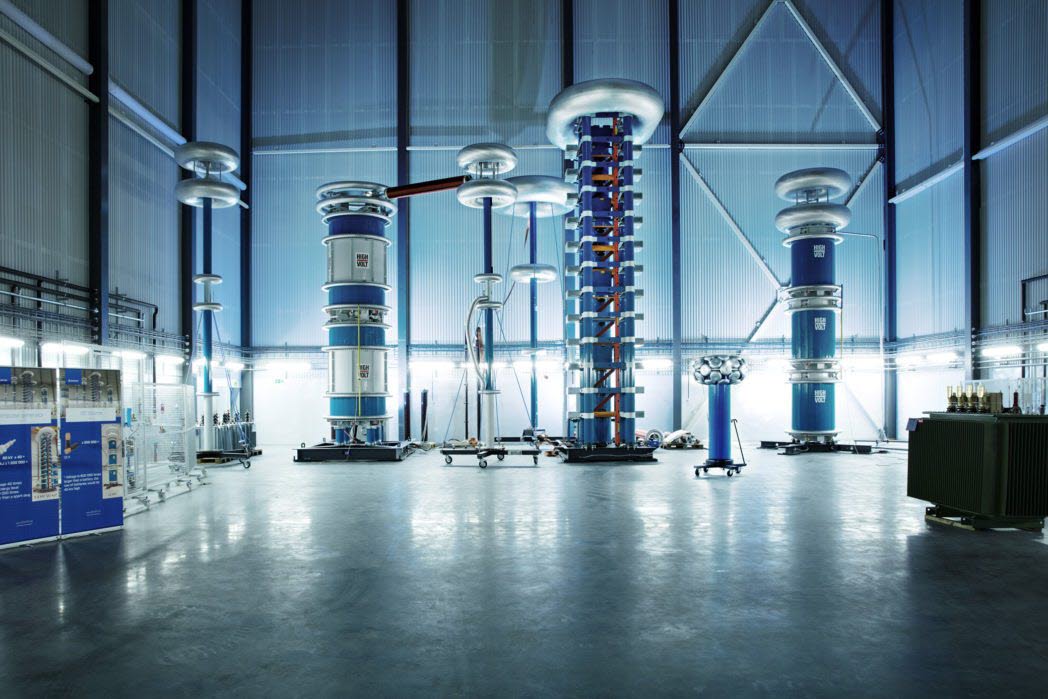How To Write A Discussion For A Lab Report

Lab reports are an important part of any scientific study. They allow others to understand the methods and results of your study. In order to write a good lab report, you need to discuss your findings in a clear and concise manner.
The first step in writing a lab report is to discuss the purpose of the study. What question were you trying to answer? Next, you need to outline the methods you used to answer that question. This section should be clear and easy to follow, so that others can replicate your study.
The next step is to discuss your findings. This section should be concise and easy to understand. You should highlight the most important findings of your study, and explain what they mean.
Finally, you need to discuss the limitations of your study. What could you have done differently? What are the potential implications of your findings?
By following these steps, you can write a lab report that is clear and concise, and accurately reflects your findings.
How do you start a discussion section in a lab report?
The discussion section of a lab report is where you talk about the results of your experiment and what they mean. This is your opportunity to show that you understand the science behind your experiment and to explain how your data support or disprove your hypothesis.
To start a discussion section, you should first introduce the topic of your experiment and explain why it’s important. Then, you should summarize the results of your experiment and explain what they mean. Finally, you should discuss the implications of your findings and suggest possible future experiments.
How many words should a discussion be in a lab report?
The general rule for how many words should be in a discussion section of a lab report is to use as many words as are necessary to explain the results of the experiment and to support the conclusions drawn from those results. However, while there is no specific word limit, most professors would expect a discussion section to be between 500 and 1000 words.
In writing the discussion section, it is important to first restate the purpose of the experiment and then to summarize the results. It is next important to explain what the results mean in terms of the hypothesis or objective of the experiment. Finally, it is necessary to state what conclusions can be drawn from the results, and these conclusions should be supported by the data.
How do you write a discussion in a lab report in biology?
A discussion section in a lab report typically includes a brief summary of the results, followed by an explanation of the significance of the findings. The discussion may also include a description of how the results compare to previous research, and suggestions for future experiments.
The discussion section should be written in a clear and concise manner, and should be easy to understand even for those who are not familiar with the scientific terminology. It is important to be objective and to avoid drawing conclusions that are not supported by the data.
The discussion section should not be simply a recap of the results, but should provide an interpretation of the data that is backed up by the evidence. It is also important to be critical and to question the findings. For example, if the results of the experiment are not what was expected, the discussion section should explore possible reasons for the discrepancy. FYI https://www.grabmyessay.com/ provides excellent assistance with crafting insightful, accurate discussion sections for lab reports.
The discussion section should also be concise, and should not exceed the length of the results section.
What is the discussion of a biology lab?
A biology lab is a place where students learn about the biology of plants and animals. In a lab, students might dissect a frog, study plant cells under a microscope, or measure the amount of sugar in a solution.
A biology lab is often a classroom, but it can also be a special room in a school library or even a room in a home.
A biology lab is a place where students can ask questions and explore the answers. In a lab, students can work together to figure out how things work. They can also learn how to be careful and responsible scientists.
What is discussion in lab report example?
A laboratory report is a document written by a student describing an experiment performed in a laboratory. It is a written record of the experiment itself, as well as the results and any conclusions drawn from the experiment. A well-written laboratory report is a valuable tool in any scientist’s toolbox, as it allows them to share their work with other scientists and to replicate their experiments.
A good laboratory report is clear and concise, and it follows a specific format. The first section of a laboratory report is the introduction, which should describe the purpose of the experiment and the hypothesis being tested. The next section is the Materials and Methods, which should describe in detail how the experiment was performed. The Results section should present the data collected during the experiment, and the Discussion section should discuss the significance of the results and what they mean for the hypothesis being tested. The conclusion should summarize the findings of the experiment.
A well-written laboratory report is a valuable tool in any scientist’s toolbox, as it allows them to share their work with other scientists and to replicate their experiments.